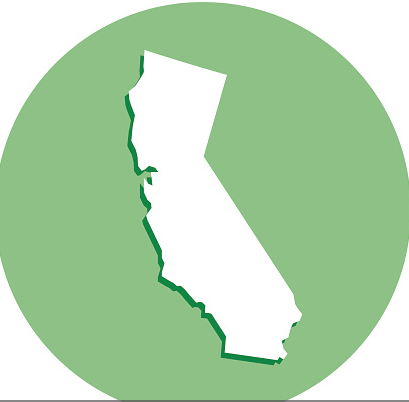Could California actually be divided into multiple states?
This is three years after Draper’s 2014 proposal for six Californias. The required number of signatures was never met to place the measure on the state ballot. Yet a ballot initiative is underway to once again carve California into three separate states.
It may not be six states this time, but that question may become a real decision on our state ballot. Tim Draper, billionaire investor in companies like Tesla and Skype, has once again proposed a way to cut up the state.
This recent proposition makes you wonder how this issue was brought up again. Draper has invested early in a number of very successful companies. There is an argument against Draper having a capitalist interest in such a decision, with so many factors riding on such a major division.
This would affect not just our state, but the entire country.
The fact that this division has been entertained for so long does reflect the lines long existent in our state. In this area, the argument for the State of Jefferson has never died. But even getting enough signatures, it needs state legislature and US Congress behind it to pass.
The map proposed divides Northern and Southern California and places the third state along the coast from LA to Monterey. This divide makes sense on a certain level, based on the diversity of our state.
Many argue that Southern California is an entirely different state from Northern California, and lump San Francisco into that definition. The divide between Southern and Northern California runs deep for many decades, for various social, economic and political reasons, which many might argue makes it ungovernable.
Seen as a blue state, California contains some mild to deeply red counties. Southern California is more likely to vote conservative in many areas, such as in Orange County, despite the stereotypical view of liberal LA’s dominance.
Blue dominance of California attributes to the large opposition of Trump by the state government.
The argument that California has far too many people to represent every voter fairly has long been made in every election for decades. Just look at the results of the 2016 election.
Yet, the state’s status as the nation’s economic superpower cannot be argued. That power is largely based on our enormous state’s middle section and agricultural significance. Even the explosion of Silicon Valley and the Bay cannot compare.
There’s no denying that our economic needs hold the state together, despite the extremely disproportionate distribution of wealth.
But despite undeniable divides and incredibly diverse communities within our state, diversity has always been part of what makes it a strong and enduring state.
There’s a reason why California is one of the largest economies in the world. And no matter how difficult such a populous state may seem to govern, the division is likely to cause far more problems than it seeks to fix.
Regardless of your position on this proposition, this will be a major issue to keep an eye on, as any step towards it deeply affects the state and nation, especially us young voters who have to live the longest with policy changes.
Natalie Hanson can be reached at newseditor@theorion.com or @NatalieH_Orion on Twitter.








Sally Rapoza // Sep 9, 2017 at 8:00 am
Natalie-if you would like to do an article on something that is already happening in California, check out the CFR (Citizens for Fair Representation) lawsuit against California. We had our first hearing on Sept. 8th in Sacramento. We are suing California for “lack of representation and dilution of vote”. The numbers are easy to prove. Our state legislature was capped at 120 members in 1879, when our population was just over 460,000. Now with almost 40 million people we still have only 120 members. Representation should grow with population! If interested you can contact Terry Rapoza at the above address.